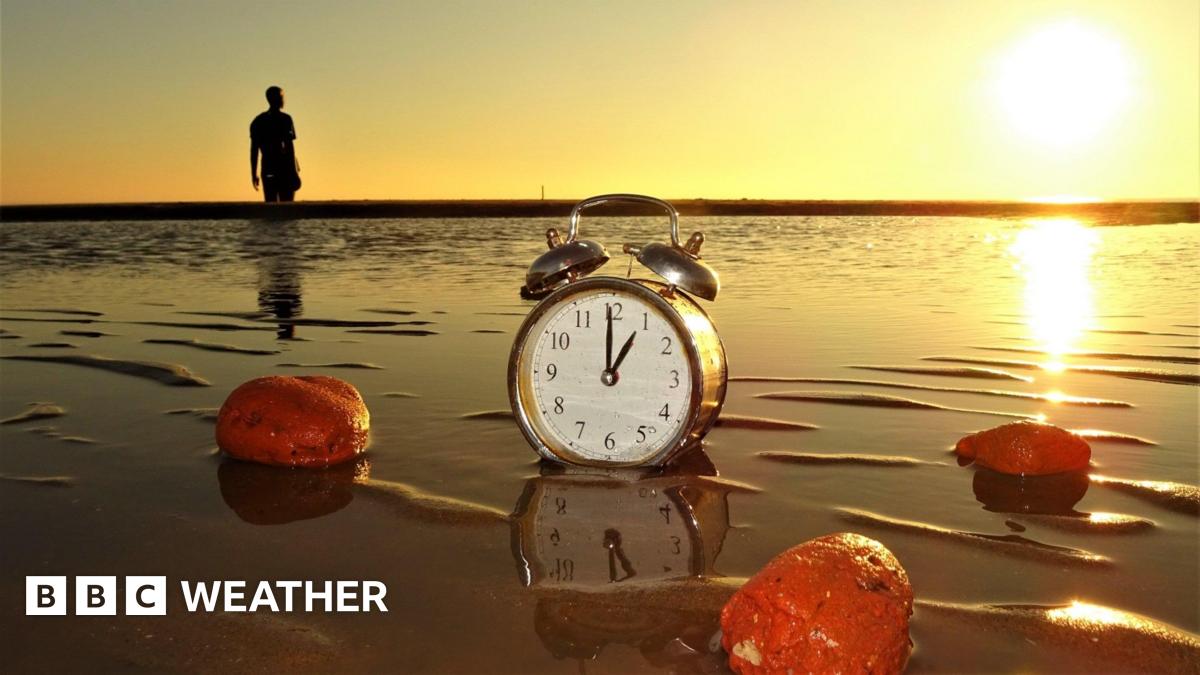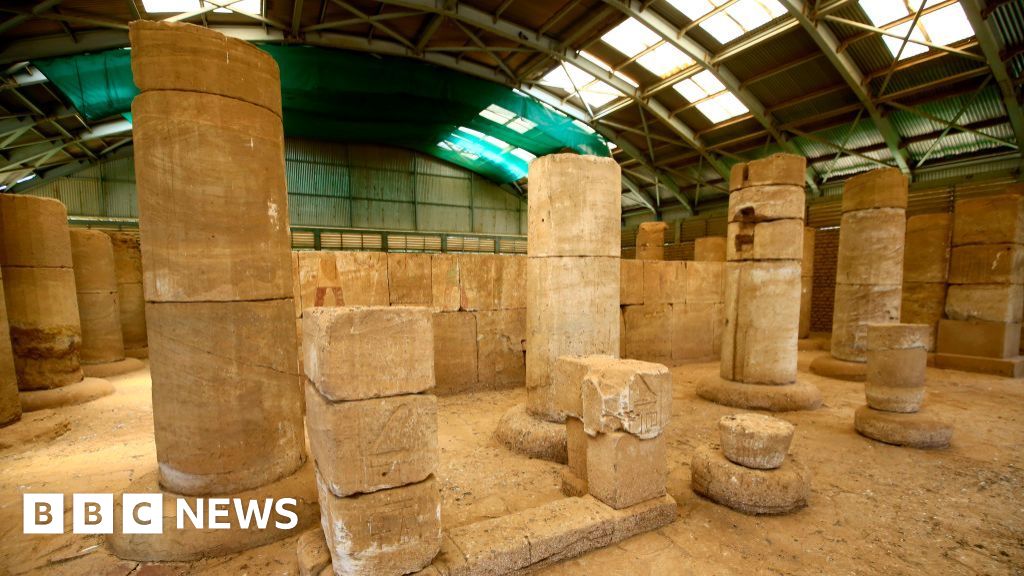Benjamin Franklin, the founding father and inventor, first proposed daylight saving in 1784. It was seen as a cunning way to save on candles.
Daylight Saving Time (DST) – the process of moving clocks forward by one hour in the summer – was started in Germany in 1916.
During World War One it was a way to save energy resources such as coal, using fewer electric lights and less heating during the lighter evenings and being more productive.
Weeks after Germany introduced DST, other countries adopted the idea, including the UK, where it was named British Summer Time (BST).
During World War Two, the UK introduced British Double Summer Time when clocks were advanced two hours.
This meant that during winter, while clocks went back an hour, they were still one hour ahead of GMT to increase productivity during daylight.
















Leave a Reply